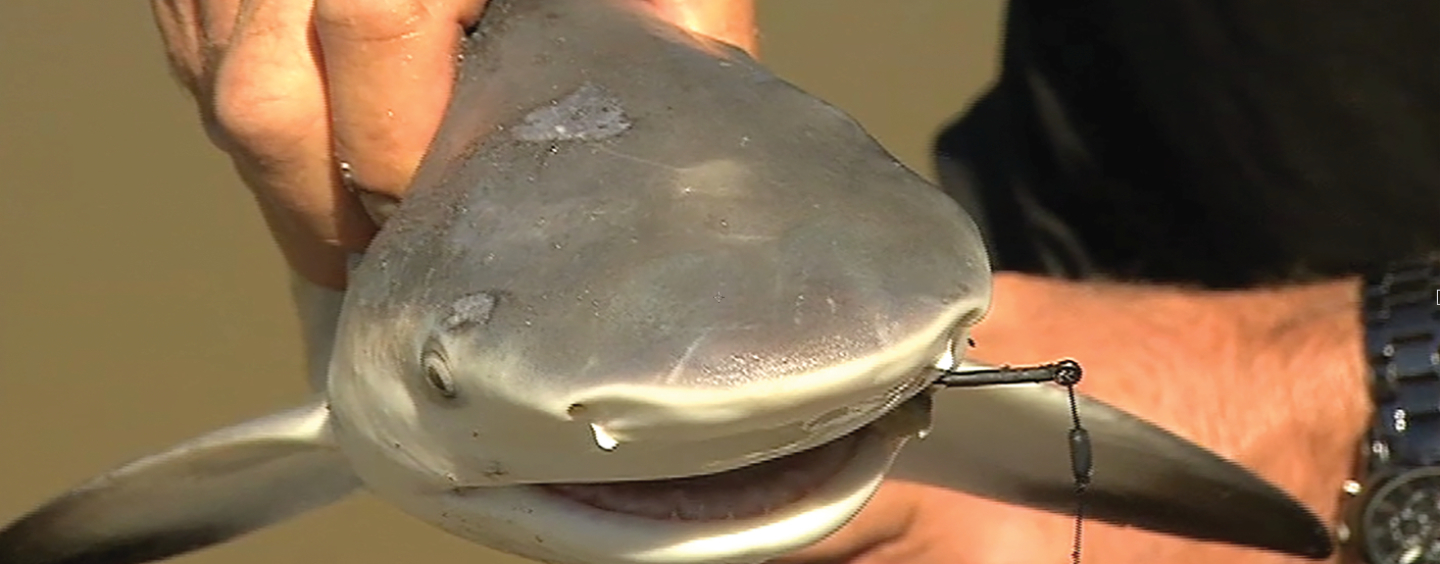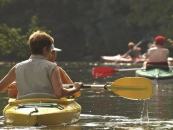What is the attraction about sharks? Why do they constantly create media frenzy more ferocious than the feeding frenzy itself? Let me give you an insight into the intriguing world of the shark, a common predator lurking in the depths of nearly every tidal canal, river, creek, estuary, and lake in the area.
Southeast Queensland and Northern New South Wales are perfect temperate zones that not only attract a wide variety of fish, but also thousands of whaler and bull sharks. The Gold Coast alone has over five hundred kilometres of canal systems that branch off the rivers and creeks, most consisting of dark murky coloured water. The water that flows throughout the creeks and canals makes it a perfect environment for the fish to live in. In other words, the more canals there are, the more sharks we have.
Bull and whaler sharks should not be confused with white pointers and tiger sharks. The latter two are known man-eaters, whereas the smaller bull and whaler sharks are more opportunistic feeders. These two estuarine-type sharks have poor eyesight and rely heavily on their receptors to pick up the impulses and vibrations in the water. They have this tendency to find fast moving fish, such as trevally, quite quickly, while a slow moving lethargic fish like a mullet has a better chance of swimming by undetected. If we look at this and change it over to a person swimming in a canal splashing about, the sharks instantly think it is a school of fast moving fish thrashing about. Of course being an opportunistic feeder, it is not one to miss out on a quick feed. After the bite, the shark then realises that it is not a fish it has bitten, but something much larger. So, it releases its “prey”, unfortunately leaving a nasty wound.
To decrease the chances of being bitten, there are several keynotes to remember. Do not swim at night, at dawn or at dusk. Do not swim after a heavy rain when the water is discoloured. Do not swim among baitfish or where a lot of fish activity is prevalent. Do not swim in the main river systems on the run-out tide again when the water is dirty, particularly after a flood. Do not swim around people that are fishing and catching fish. The main reason for the above is to eliminate the dark-water fact. Swimming in the middle of the day when the sun is up high on the water is best though if the tide has turned and is running out. You will find the water will discolour quite quickly again, giving the shark the advantage especially during the summer months.
Sharks are in our canal systems and surrounding waters all year round, but become extremely active during the warmer months of the year mainly during the monsoonal season. They are found from central New South Wales to the top end of Australia and equal latitude along the west coast. The runoff from floodwaters is a perfect time to spot sharks twisting and jumping out of the water, and feeding on fish being washed out around river and bar entrances. At certain times, you can see three or four sharks every few seconds chomping away on the smaller fish being washed out. If you ask any whiting fisherman who regularly dangles a line around the Council Chambers, they will be sure to tell you how much a menace the sharks can be as they nudge the side of your boat, and steal your fish off your line during the night.
By understanding the times when to swim and when not to swim, you can enjoy the beautiful waterways hassle-free. We can all learn to live with the sharks as they have always been here in great numbers and always will be.
By Paul Burt
(May-Aug2017)






























